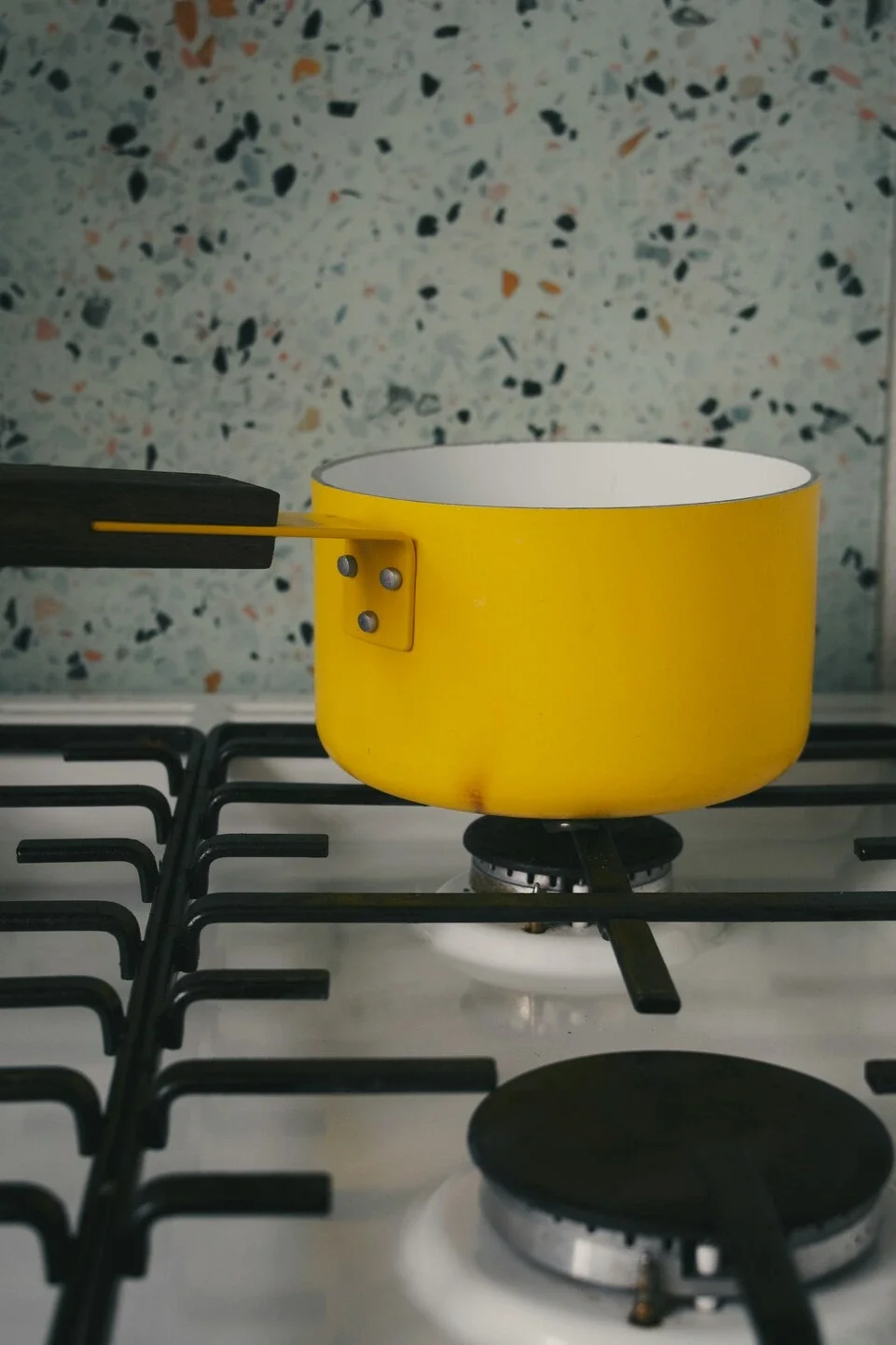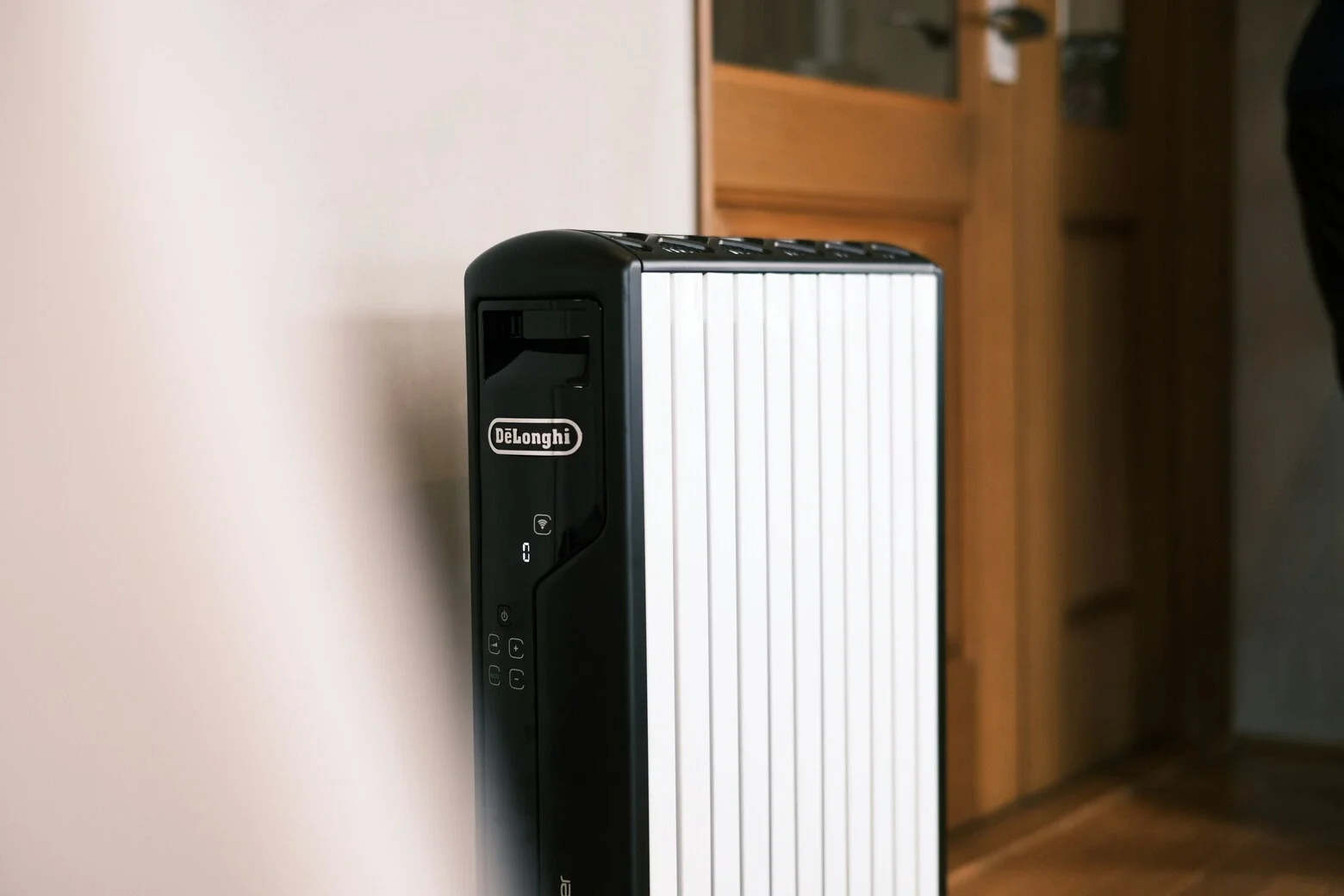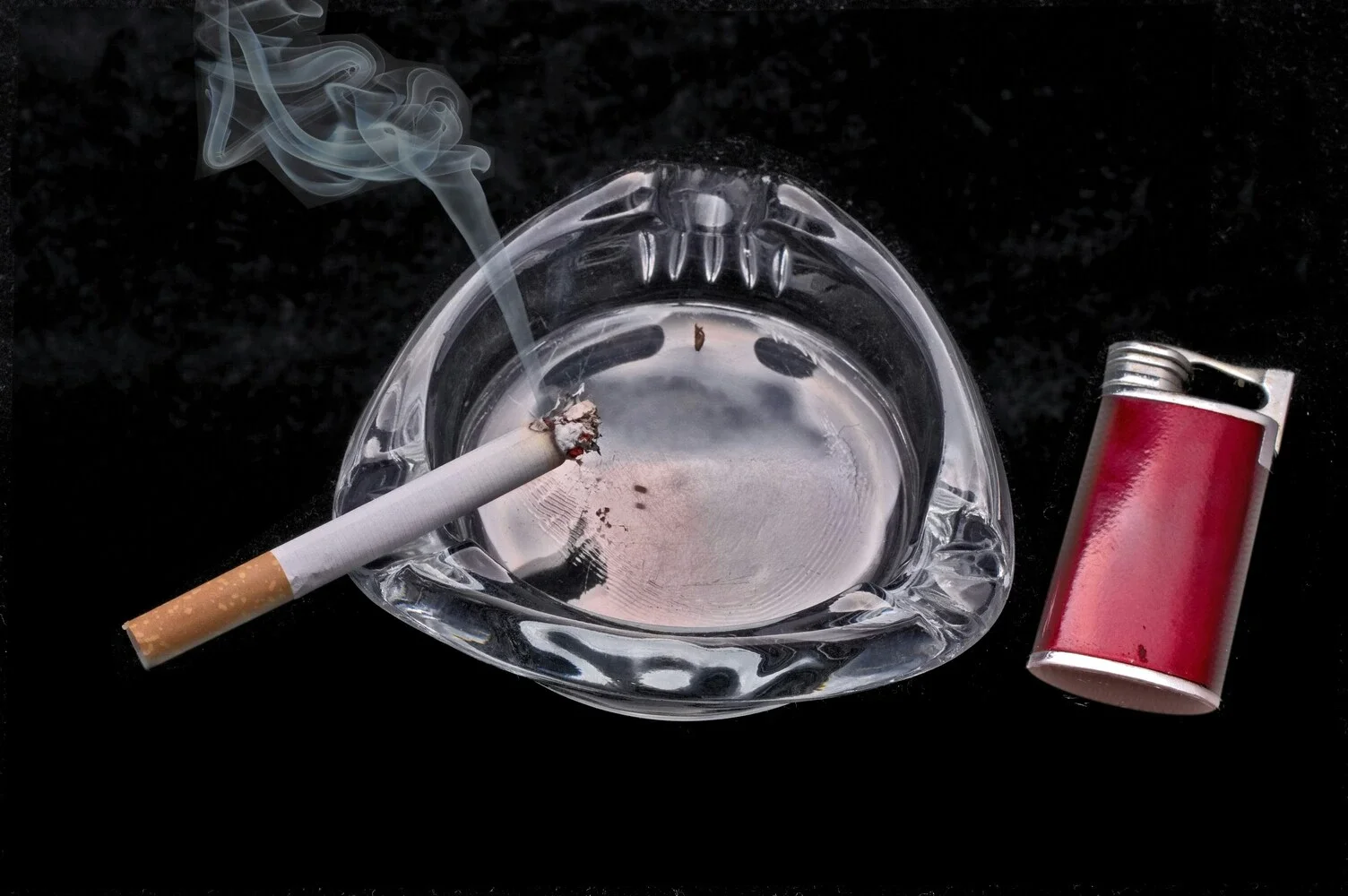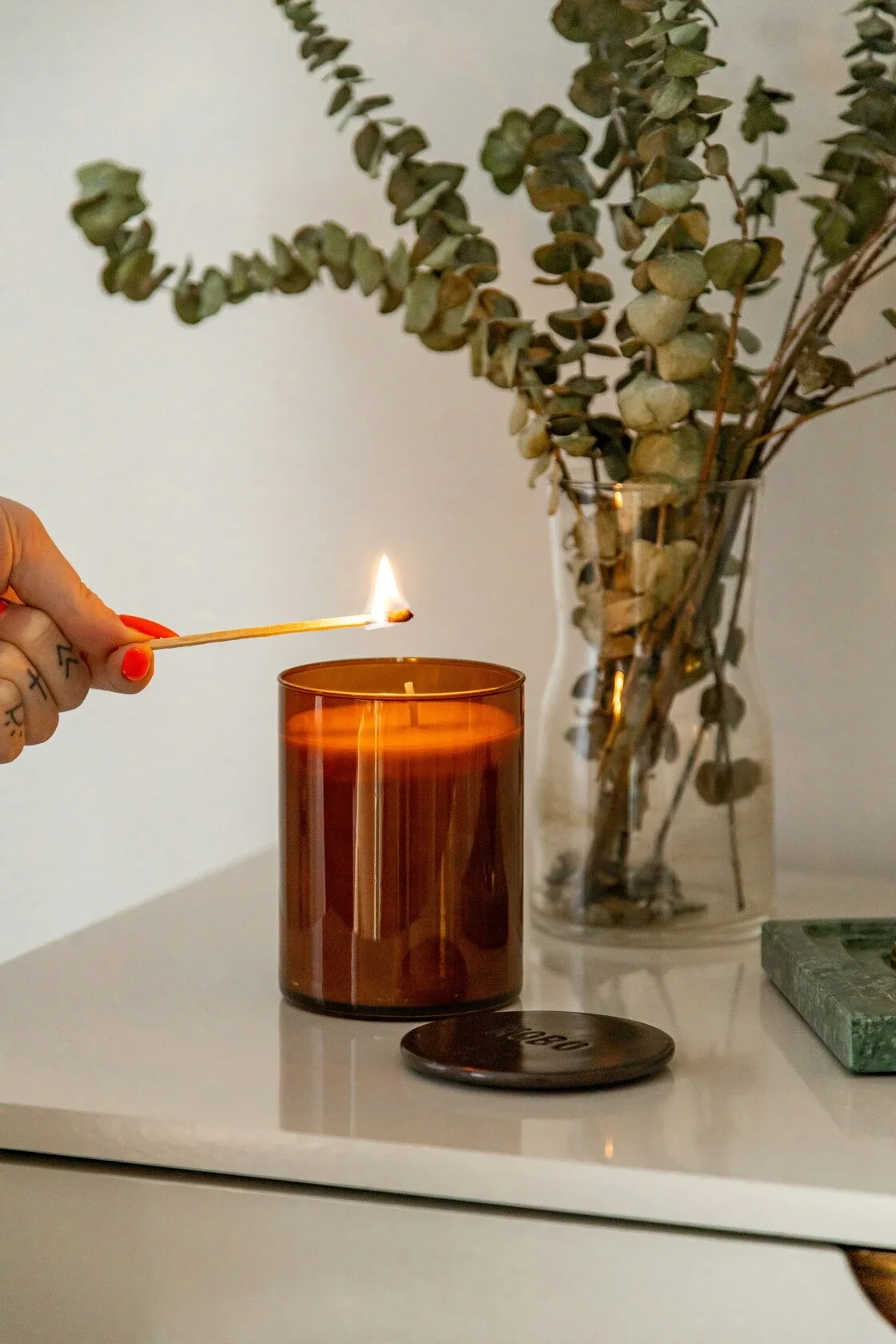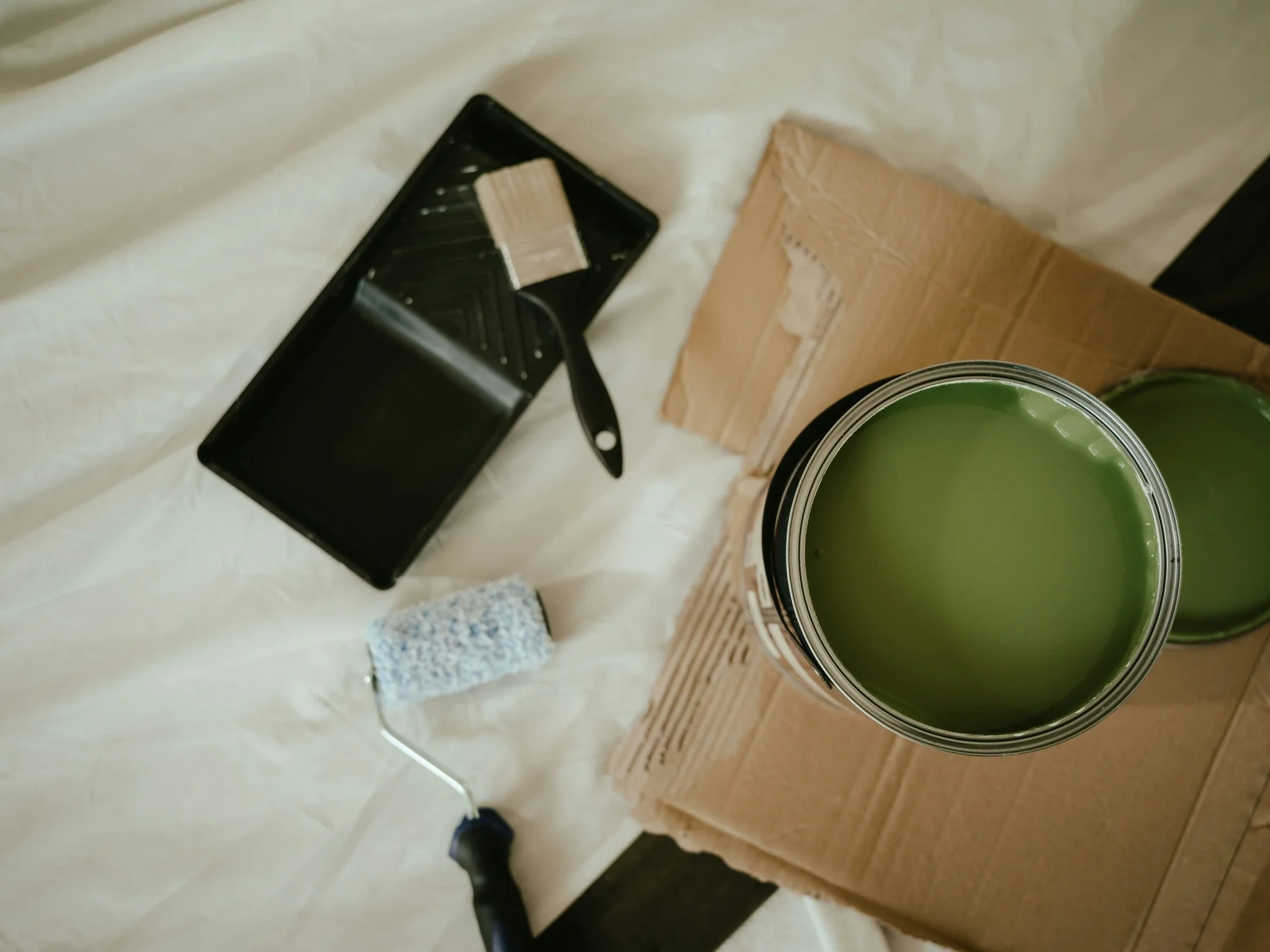The 10 Most Common Causes of Fire in the Home
Introduction
House fires are more common than many people realise, and most start in completely ordinary ways. From overloaded sockets to unattended pans, it only takes a small oversight to cause devastating damage.
In this guide, we’ll explore the 10 most common causes of fire in the home, explain how they start, and share practical fire safety tips to help protect your property and loved ones.
If you’re serious about reducing your fire risk, GMSE Fire & Security offers professional fire protection services in Kent - including installation, maintenance, and advice tailored to your home.
Table of Contents
1. Cooking Accidents
Overview
Cooking is responsible for more house fires in the UK than any other cause. A moment’s distraction - answering the door or a quick scroll on your phone -can lead to pans overheating or oil igniting.
How to Prevent It
Never leave cooking unattended.
Keep tea towels, utensils, and paper towels away from the hob.
Clean grease build-up regularly.
Consider fitting a heat detector in the kitchen rather than a smoke alarm to reduce false alerts.
2. Electrical Faults and Overloaded Sockets
Overview
Faulty wiring, worn-out plugs, and overloaded extension leads are frequent fire hazards. As homes depend on more and more gadgets, it’s easy to push sockets beyond their limits.
Fire Safety Tips
Avoid daisy-chaining extension leads.
Don’t exceed the socket’s rated load (usually 13 amps).
Unplug devices when not in use.
Have your home wiring inspected every 10 years by a qualified electrician.
If you’re unsure about your home’s electrical safety, GMSE Fire & Security can conduct a fire risk assessment..
3. Heating Equipment
Overview
Portable heaters, open fires, and radiators are vital in winter but can quickly cause fires if left too close to furniture or curtains.
Prevention Tips
Keep heaters at least one metre away from flammable materials.
Never dry clothes on or near heaters.
Get chimneys swept annually.
Turn off heaters when you leave a room or go to sleep.
4. Smoking Indoors
Overview
Smoking materials are a leading cause of fatal house fires. Cigarettes left smouldering in ashtrays or furniture can ignite long after being “stubbed out.”
Prevention Tips
Smoke outdoors wherever possible.
Always use deep, heavy ashtrays.
Never smoke in bed.
Douse cigarette ends completely with water.
5. Candles and Open Flames
Overview
Candles add warmth and atmosphere but are a major source of accidental fires, especially when left unattended or placed too close to curtains or ornaments.
Fire Safety Tips
Use sturdy, non-tip holders.
Keep candles away from draughts and pets.
Extinguish candles before leaving a room.
Consider switching to flameless LED alternatives.
6. Faulty Appliances
Overview
Old or damaged appliances, from tumble dryers to toasters, can overheat or spark internally. Manufacturers occasionally issue recalls, which many homeowners miss.
Prevention Tips
Replace frayed or damaged cords.
Clean filters in tumble dryers regularly.
Unplug devices when not in use.
7. Flammable Liquids and Materials
Overview
Products such as cleaning agents, aerosols, and petrol are extremely flammable. Improper storage, especially near heat sources, can lead to dangerous ignition.
Fire Safety Tips
Store flammable materials in cool, ventilated areas.
Keep them away from direct sunlight or heat.
Use only as directed and replace lids immediately after use.
8. Children Playing with Fire
Overview
Curiosity can turn dangerous when children experiment with matches or lighters. Many fires start when kids imitate adults or “play” with fire without understanding the risks.
Prevention Tips
Keep matches and lighters out of reach.
Teach children about fire safety early.
Supervise them near candles or stoves.
9. Poor Housekeeping and Clutter
Overview
Stacks of papers, clothing, or rubbish can act as fuel in a fire and block escape routes. Dust build-up near sockets or appliances can also increase risk.
Prevention Tips
Declutter regularly and keep exits clear.
Don’t store items near boilers or heaters.
Clean behind appliances to prevent lint build-up.
10. Arson and Vandalism
Overview
Sadly, not all fires are accidental. Arson accounts for a significant number of house fires in the UK, especially in outbuildings and gardens.
Prevention Tips
Fit motion-activated lights around your property.
Lock garages and sheds securely.
Keep bins away from windows and doors.
Install CCTV or outdoor security cameras — GMSE Fire & Security can help with CCTV installation and maintenance.
Most Common Causes of Fire FAQs
-
Most house fires start from everyday activities like cooking, electrical faults, or heating equipment misuse - all preventable with proper fire safety measures.
-
Cooking remains the number one cause, accounting for nearly half of domestic fires in the UK.
-
According to Home Office data, around 25,000 dwelling fires occur annually. Awareness and prevention drastically lower your risk.
-
Follow basic fire prevention tips - don’t overload sockets, never leave pans unattended, and ensure smoke alarms are fitted and tested.
-
The most common causes of fire include unattended cooking, faulty electrics, and misuse of heating or candles.
-
Within minutes. Modern furnishings ignite quickly, and an entire room can be engulfed in less than five minutes.
-
Regular maintenance, clear escape routes, and installing fire alarms and extinguishers from trusted providers like GMSE Fire & Security are key.
-
Yes - closed doors slow the spread of fire and smoke, buying valuable escape time.
Conclusion
Most home fires are preventable with simple awareness and proactive habits. From keeping a close eye on your cooking to checking your electrics, prevention really does save lives.
For peace of mind, book a free fire safety consultation with GMSE Fire & Security today. Our experts can inspect your property, identify risks, and recommend tailored fire protection services in Kent - helping you stay one step ahead of danger.


